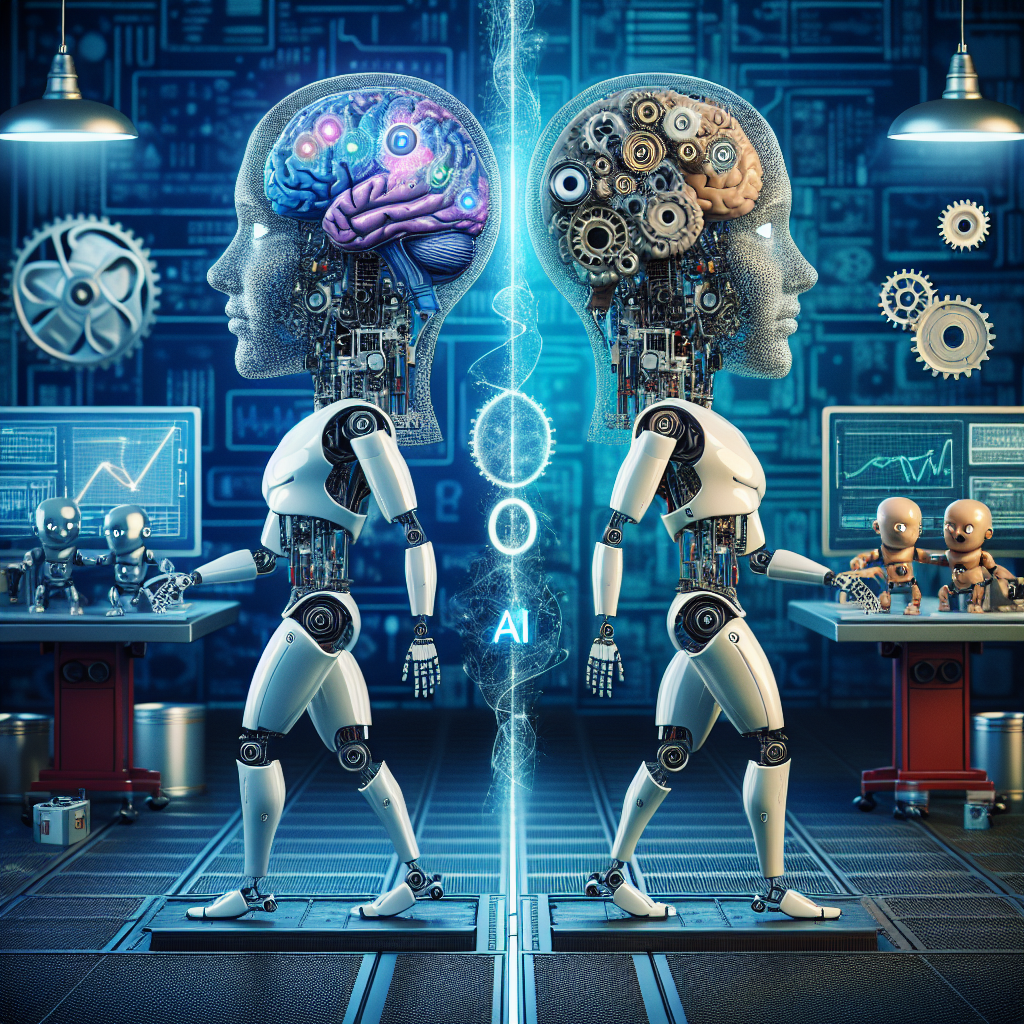Artificial Intelligence (AI) has become an integral part of our daily lives, from voice assistants like Siri and Alexa to recommendation systems on platforms like Netflix and Amazon. However, not all AI is created equal. There is a significant difference between Narrow AI and Artificial General Intelligence (AGI), and understanding this difference is crucial for both developers and consumers of AI technology.
In this article, we will explore the differences between AGI and Narrow AI, why it matters, and the implications of each for the future of AI technology.
What is Narrow AI?
Narrow AI, also known as Weak AI, refers to AI systems that are designed for specific tasks or applications. These systems are highly specialized and can only perform predefined tasks within a limited range of capabilities. Examples of Narrow AI include speech recognition systems, image recognition algorithms, and recommendation engines.
Narrow AI systems are trained to excel at a specific task, but they lack the ability to generalize their knowledge or adapt to new tasks outside their predefined scope. These systems are designed to perform well in their respective domains but are unable to exhibit human-like intelligence or cognitive abilities.
What is AGI?
Artificial General Intelligence (AGI) refers to AI systems that possess the ability to understand, learn, and apply knowledge across a wide range of tasks and domains. AGI systems are designed to mimic human-like intelligence and cognitive abilities, including reasoning, problem-solving, and adaptability.
Unlike Narrow AI systems, which are specialized for specific tasks, AGI systems have the potential to perform a wide range of cognitive tasks with the same level of proficiency as a human. AGI systems are not limited by predefined tasks or domains and have the ability to generalize their knowledge and adapt to new situations.
Why does it matter?
The distinction between AGI and Narrow AI is crucial for understanding the capabilities and limitations of AI technology. While Narrow AI systems have made significant advancements in specific domains, they are limited in their ability to generalize knowledge or adapt to new tasks. AGI, on the other hand, has the potential to revolutionize the field of AI by creating systems that can perform a wide range of cognitive tasks with human-like intelligence.
The development of AGI has the potential to transform industries ranging from healthcare and finance to transportation and education. AGI systems could revolutionize the way we work, communicate, and interact with technology, leading to unprecedented advancements in productivity, efficiency, and innovation.
However, the development of AGI also raises ethical and societal concerns. The prospect of creating machines with human-like intelligence raises questions about the implications of AGI for the future of work, privacy, and security. As AI technology continues to advance, it is essential to consider the potential risks and benefits of AGI and develop robust frameworks for ensuring the responsible and ethical use of AI technology.
FAQs
Q: What are some examples of Narrow AI applications?
A: Some examples of Narrow AI applications include virtual assistants like Siri and Alexa, recommendation systems on platforms like Netflix and Amazon, and facial recognition algorithms used in security systems.
Q: How is AGI different from Narrow AI?
A: AGI systems have the ability to understand, learn, and apply knowledge across a wide range of tasks and domains, while Narrow AI systems are highly specialized for specific tasks within a limited range of capabilities.
Q: What are the potential benefits of AGI?
A: AGI has the potential to revolutionize industries ranging from healthcare and finance to transportation and education by creating systems that can perform a wide range of cognitive tasks with human-like intelligence.
Q: What are the ethical concerns surrounding AGI?
A: The development of AGI raises ethical concerns about the implications of creating machines with human-like intelligence for the future of work, privacy, and security. It is essential to develop robust frameworks for ensuring the responsible and ethical use of AI technology.

